What are the Latest Safety Innovations in Pipeline Infrastructure
Pipeline infrastructure in the oil and gas industry is the backbone of global energy distribution. These vast networks of pipelines transport crude oil, natural gas, and refined products across continents, fueling economies and industries. However, the inherent risks involved in transporting hazardous materials under high pressure and through various environments necessitate a strong focus on safety. Over the years, innovative technologies and methods have emerged, revolutionizing how the oil and gas industry approaches pipeline safety. This article focus on the topic of the the latest safety innovations that are shaping the future of pipeline infrastructure.
Why the Safety of Pipeline Infrastructure is Important
Pipelines are responsible for transporting large volumes of hazardous materials and any leaks, ruptures, or corrosion can lead to environmental damage, costly repairs, and even loss of life. Ensuring pipeline integrity through effective safety measures protects ecosystems, reduces operational downtime, and ensures compliance with regulatory standards. Moreover, maintaining safe pipeline operations prevents financial losses and upholds the industry’s reputation for reliability and responsibility in resource management.
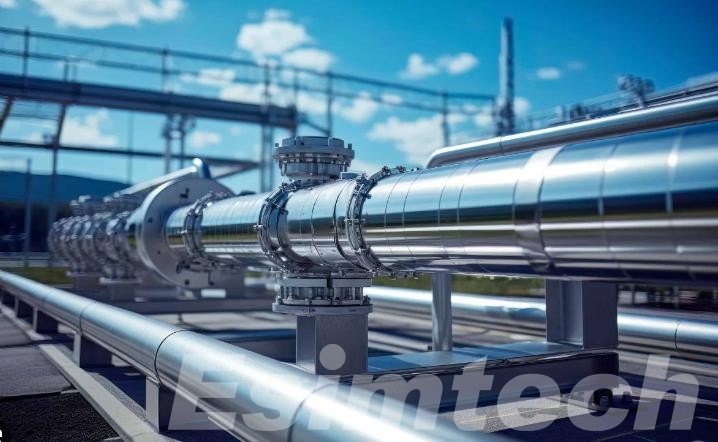
Traditional Methods for the Safety of Pipeline Infrastructure
| Traditional Method | Description | Primary Safety Function |
| Hydrostatic Testing | Involves filling the pipeline with water and pressurizing it above normal operating levels. | Detects structural weaknesses and leaks before the pipeline is put into service. |
| Manual Patrol and Inspection | Technicians physically walk or fly over the pipeline route for visual inspection. | Identifies visible damage, third-party interference, or signs of corrosion. |
| Cathodic Protection | Electrical currents are used to prevent corrosion of metal pipelines. | Protects against long-term deterioration due to electrochemical reactions. |
| Pressure Drop Monitoring | Monitors pressure fluctuations within the pipeline system. | Detects leaks or blockages by identifying abnormal pressure changes. |
| Right-of-Way Maintenance | Clearing vegetation and ensuring access to the pipeline route. | Prevents interference and improves visibility for inspection and emergency access. |
| Regular Pigging Operations | Using mechanical devices (pigs) to clean the inside of pipelines and monitor conditions. | Maintains internal cleanliness and helps detect internal corrosion or buildup. |
| Operator Training & Drills | Conducting regular training sessions and emergency response drills for field personnel. | Ensures readiness to respond to accidents, equipment failure, or environmental events. |
| Thickness Gauging (Ultrasonic) | Manual ultrasonic testing to measure wall thickness of the pipe. | Helps assess metal loss and corrosion over time. |
| Visual Inspection Reports | Technicians document the condition of above-ground installations and access points. | Tracks maintenance needs and surface damage before they escalate. |
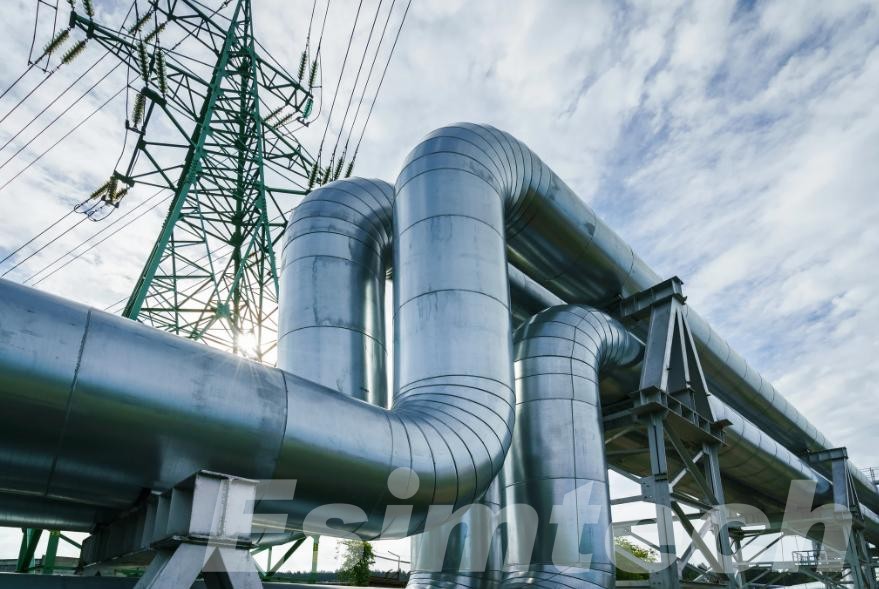
Key Safety Innovations in Pipeline Infrastructure
1. Advanced Leak Detection Technologies
Detecting leaks in pipeline systems is critical to preventing environmental damage, safety hazards, and financial loss. Traditional leak detection methods, while useful, are increasingly being supplemented—or even replaced—by cutting-edge technologies that provide real-time monitoring and precise data.
- Fiber-Optic Sensors: One of the most significant innovations in leak detection is the use of fiber-optic sensors, which can monitor entire pipeline systems. These sensors detect pressure, temperature, and acoustic changes, helping pinpoint the exact location of a leak in real-time.
- Acoustic Monitoring: Acoustic sensors can detect sounds indicative of pipeline failure, such as pressure surges or the noise generated by leaks. These devices use advanced algorithms to interpret sound frequencies and detect anomalies, even in remote or underwater pipelines.
By offering continuous, real-time data, these systems significantly reduce response times to mitigate damage and environmental impact.
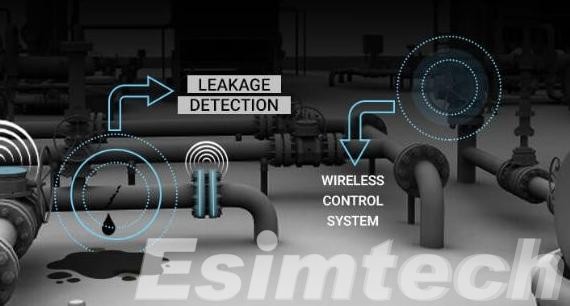
2. Smart Pigging Technology
“Smart pigs” are automated in-line inspection tools that travel through pipelines, gathering data to assess pipeline health. These tools use various methods such as ultrasonic testing, magnetic flux leakage, and electromagnetic sensors to identify internal defects such as cracks, corrosion, and structural weaknesses.
Recent advancements in smart pigging technology have led to the development of more precise, high-resolution inspection devices. These tools are now capable of detecting microscopic cracks and irregularities, allowing for early intervention and repair before a failure occurs.
Additionally, the integration of real-time data analytics allows pipeline operators to receive immediate reports from smart pigs, enabling quicker decision-making and preventive maintenance.
3. Autonomous Drones for Pipeline Inspection
Drones equipped with advanced cameras and sensors are revolutionizing pipeline inspections, particularly in difficult-to-access areas like remote wilderness or underwater locations. These drones provide real-time visual and thermal imaging of pipeline conditions, helping operators detect issues such as, corrosion, erosion, mechanical damage, wildlife interference. In addition, drones can be used to perform inspections more frequently and at a lower cost compared to traditional manual methods. This increases the frequency of inspections and reduces the risk of missing potential safety hazards.
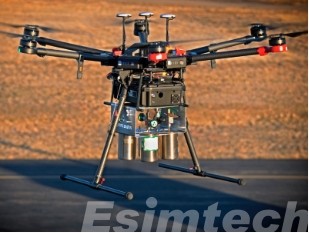
4. Artificial Intelligence and Machine Learning
Artificial intelligence (AI) and machine learning (ML) are rapidly transforming how pipeline safety is managed. By analyzing vast amounts of data from sensors, maintenance records, and historical incidents, AI and ML algorithms can identify patterns and predict potential pipeline failures.
For instance, AI systems can:
- Analyze sensor data to detect early signs of potential failures or inefficiencies.
- Optimize maintenance schedules by predicting when certain sections of the pipeline are at risk of failure.
- Improve decision-making by providing operators with actionable insights into the safest course of action in response to detected anomalies.
These technologies allow for more efficient and accurate management of pipeline safety, reducing human error and enhancing preventive measures.
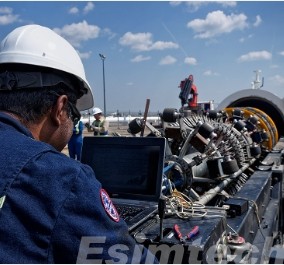
5. Automated Shutoff Valves
In the event of a leak or rupture, swift action is essential to minimize the damage. Automated shutoff valves are now being integrated into pipelines to automatically halt the flow of hazardous materials upon detection of a fault. These valves can be activated by:
- Real-time sensor data: Monitoring systems continuously assess conditions such as pressure and flow rate. If an anomaly is detected, the valve can automatically close.
- Remote control systems: Operators can remotely close valves from control centers, stopping the flow of materials even before a physical response team arrives on-site.
This innovation significantly improves the safety response time and reduces the risk of spills, leaks, and explosions.
6. Corrosion Monitoring Systems
Corrosion is one of the leading causes of pipeline failure. To combat this, innovative real-time corrosion monitoring systems have been developed. These systems use a combination of electrochemical sensors, ultrasonic testing, and advanced coatings to monitor and prevent corrosion in pipeline infrastructure.
- Remote Monitoring: Corrosion detection sensors are now remotely monitored, providing operators with real-time data about the pipeline’s internal and external condition.
- Smart Coatings: New corrosion-resistant coatings are being developed to extend the life of pipelines, reducing maintenance costs and preventing failure.
These advancements allow for early identification of corrosion, enabling timely repairs and maintenance to prevent catastrophic failures.
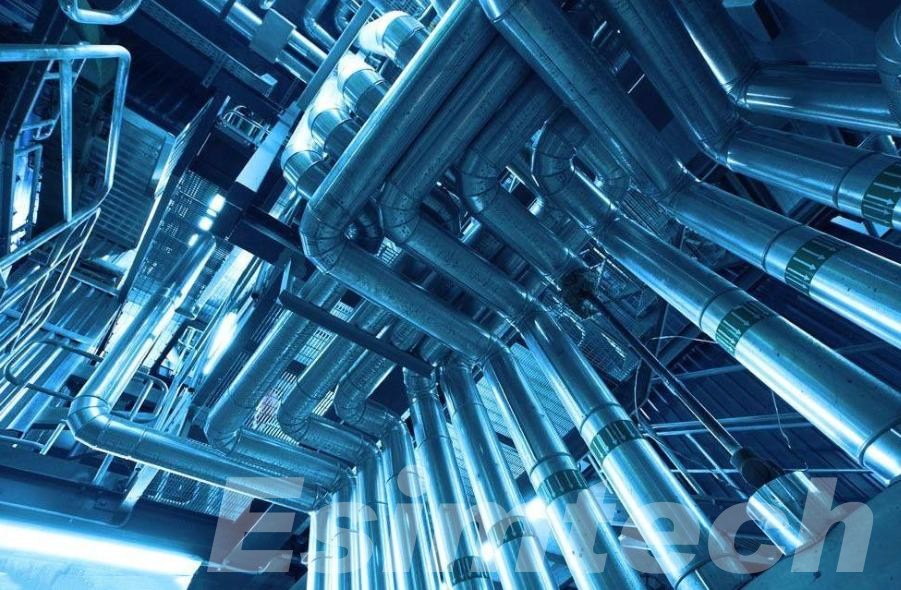
How Simulation Technologies are Used for Enhancing the Safety of Pipeline Infrastructure
Oil and gas simulation tools offer a virtual testing ground where engineers and operators can predict, analyze, and mitigate potential risks before they become real-world hazards. From leak prediction and emergency planning to stress analysis and training, simulation technologies become critical in enhancing pipeline safety across the board.
1. Predictive Stress and Flow Analysis
Simulation technologies allow engineers to model the physical behavior of pipeline systems under various operating conditions. By inputting data such as flow rates, pressure levels, temperature variations, and pipeline material properties, simulation software can:
- Identify potential weak points along the pipeline.
- Predict stress concentrations and fatigue over time.
- Evaluate the pipeline’s response to external forces like earthquakes, ground shifts, or high-traffic zones.
These predictive insights enable proactive reinforcement and reduce the likelihood of structural failure, particularly in high-risk or aging segments.
2. Leak Detection and Scenario Modeling
Advanced simulations are used to model leak scenarios, including how and where leaks are most likely to occur, how fast a substance would escape, and what the environmental impact might be. These models support the design and placement of:
- Leak detection sensors.
- Automatic shut-off valves.
- Emergency containment zones.
By simulating these scenarios in advance, pipeline operators can fine-tune detection systems and ensure swift and accurate responses when real leaks happen.
3. Training Through Virtual Simulators
VR training simulation systems can replicate real-world pipeline operation challenges. Using virtual reality (VR) or desktop-based simulators, operators and emergency response teams can:
- Practice responses to burst pipelines, pressure drops, or hazardous spills.
- Train in coordination with control centers and field crews.
- Enhance decision-making skills in time-critical and high-pressure situations.
This level of immersive training improves preparedness, reduces human error, and contributes to a culture of safety.

4. Digital Twins
Digital twin technology is a sophisticated application of simulation that creates a live digital replica of a physical pipeline. Connected to sensors along the pipeline, the digital twin continuously updates with real-time data. It allows engineers to:
- Simulate operational changes and assess potential risks without disrupting actual pipeline functions.
- Monitor wear, corrosion, and flow inconsistencies.
- Test how adjustments (e.g., flow rerouting or pressure shifts) would affect safety.
This capability supports predictive maintenance and dynamic risk management.
5. Emergency Preparedness and Risk Assessment
Simulation platforms also enable pipeline operators to prepare for worst-case scenarios, such as natural disasters, sabotage, or system-wide failures. By simulating complex emergency situations, operators can:
- Evaluate evacuation and containment strategies.
- Develop response protocols based on detailed outcome projections.
- Coordinate with regulatory bodies and first responders more effectively.
These simulations reduce response time and increase the likelihood of a successful, safe intervention when emergencies arise.
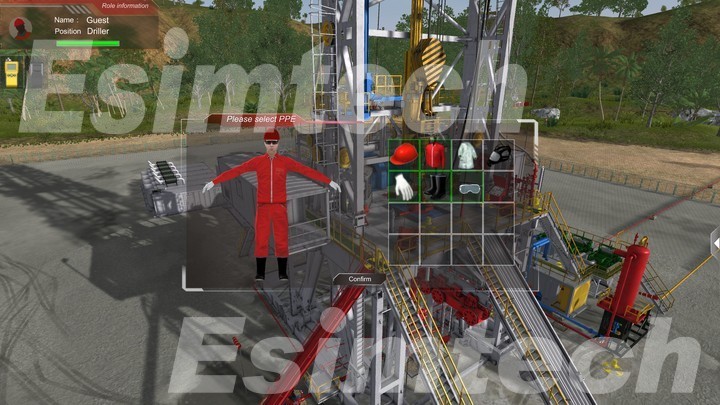
6. Design Optimization and Regulatory Compliance
Pipeline projects must comply with numerous safety and environmental regulations. Simulation helps achieve this by:
- Testing designs virtually against regulatory requirements.
- Generating documentation and reports for compliance audits.
- Simulating environmental impact to support responsible planning and mitigation.
By reducing the trial-and-error phase during construction and upgrade projects, simulations help streamline safe and cost-effective implementation.
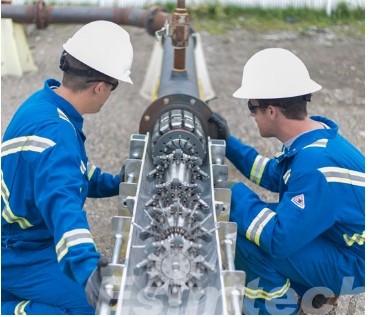
Summary
As the oil and gas industry continues to expand and evolve, the focus on safety in pipeline infrastructure becomes increasingly critical. Innovations such as advanced leak detection, smart pigging, simulation technologies, AI-driven analytics, etc, are enhancing the safety, reliability, and efficiency of pipelines. These technical innovations not only help prevent accidents but also reduce environmental impacts and operational costs.
